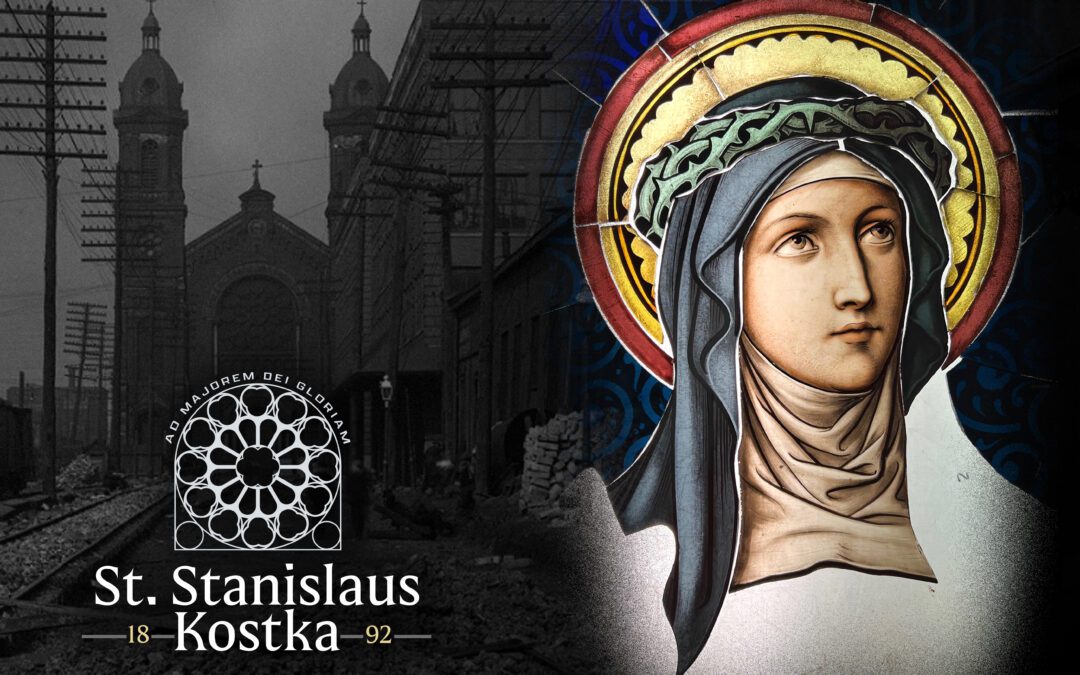After 132 Years, Windows on Strip District Landmark Require Urgent Action
From its instrumental role in the growth of our nation to its picturesque bridge-laden landscape and legendary sports teams, the city of Pittsburgh is truly one of a kind — abounding in unique beauty, culture, and history. The epitome of the American melting pot, it was built by the calloused hands of a resilient and diverse people, all living, working, and overcoming challenges together, generation after generation.
Today, as the city continues its rise out of the ashes of a once-great steel empire to become a major business and technology hub, the old buildings and aging landmarks born from their hard work and vision still have stories to tell, and you can’t tell the story of Pittsburgh without them. However, with neighborhoods such as the city’s famed Strip District experiencing unprecedented growth and redevelopment, these classical structures are in danger of being lost forever unless urgent action is taken to preserve them.
This is especially true of St. Stanislaus Kostka Church — a true icon of the city’s cultural roots and religious history — known by countless worshipers, residents, and visitors for its stunning stained-glass windows. Located at 21st and Smallman Street in the heart of the Strip, St. Stanislaus Kostka was designed at the end of the 19th century by Frederick C. Sauer, a German-American architect highly-regarded for his contributions to religious architecture throughout the city.
Serving Pittsburgh’s first Polish-American ethnic parish originally founded by 200-some immigrant families in 1875, the Polish Cathedral-style church opened in 1892 as a true architectural marvel, towering over the neighborhood’s at-the-time stark and gritty industrial landscape. Its design blends Romanesque, Baroque, and Byzantine influences and features soaring stone archways, instantly-recognizable twin towers, visually-captivating interior murals, and, most notably, breathtaking windows, originally crafted in the “Munich style” by The Royal Bavarian Art Institute.
While it has served as a strikingly beautiful house of worship for its parishioners through the decades, one doesn’t have to have a religious affiliation to appreciate the work of art that is St. Stanislaus Kostka. Its windows, in particular, and their dazzling array of colors and imagery reflect the rich tapestry of the city’s different cultures and ethnicities — past, present, and future.
“St. Stanislaus Kostka and its timeless artistry have been enjoyed by thousands upon thousands of visitors and passers by over the years,” said Fr. Nick Vaskov, moderator of the church’s clergy team. “After all, the church was constructed two decades before the first World War. It’s a critical piece of the Polish-American community’s history as well as the history of Pittsburgh.”
To be sure, the church’s beautiful windows have seen a lot in their 132 years — from withstanding the waters of the infamous 1936 St. Patrick’s Day Flood to surviving a major explosion at the neighboring Pittsburgh Banana Company later that same year.
The ultimate tribute to its roots, the church later hosted the future Pope John Paul II during his 1969 visit to Pittsburgh, with then Cardinal Karol Wojtyła praising its beauty and how much it reminded him of his native Poland. A small shrine commemorating his historic stop continues to draw visitors and pilgrims from throughout Pittsburgh and beyond.
In recognition of its historic and cultural significance, the early 1970s saw the church listed on both the Pittsburgh History and Landmarks Register and the National Register of Historic Places. Now part of the Strip’s unified St. Patrick – St. Stanislaus Kostka Parish, it was named one of the five Shrine churches of the Diocese of Pittsburgh in 2019.
There, along the Allegheny River, as mills and factories became produce yards and today’s bustling collection of stores, restaurants, and tech companies, St. Stanislaus still stands. Yet, after 130+ years of industrial pollution, continual wear and tear, and encroaching rapid development in the neighborhood, its windows now risk being lost forever without urgent attention, which is why they are finally undergoing the comprehensive restoration necessary to ensure this landmark is protected well into the future.
“It’s not just the delicate, intricate windows that need urgent restorative work, but the wood frames that support them and keep them in place,” said Deacon Tony Giordano, the parish’s Director of Operations. “Some of the wood has become so rotten and worn down that if you grabbed a piece with your hand, it would crumble into almost sawdust. Unless we repair that wood and the windows now, they may not survive much longer.”
So much more than a meticulous collection of glass and stone, St. Stanislaus is a beacon of faith and hope, a powerful testament to the enduring and creative spirit of not only Pittsburgh’s vibrant Polish-American community but also the entire city.
Through the generous help of the community, St. Stanislaus seeks to complete this preservation project and save one of the city’s most recognizable, most colorful, most storied landmarks, so it can be enjoyed by generations for centuries to come. Preserving its art and beauty, its soul if you will, is essential to keeping Pittsburgh Pittsburgh.
If you would like to donate to keep this irreplaceable Pittsburgh treasure alive, visit
https://www.gofundme.com/f/support-st-stans-stained-glass
